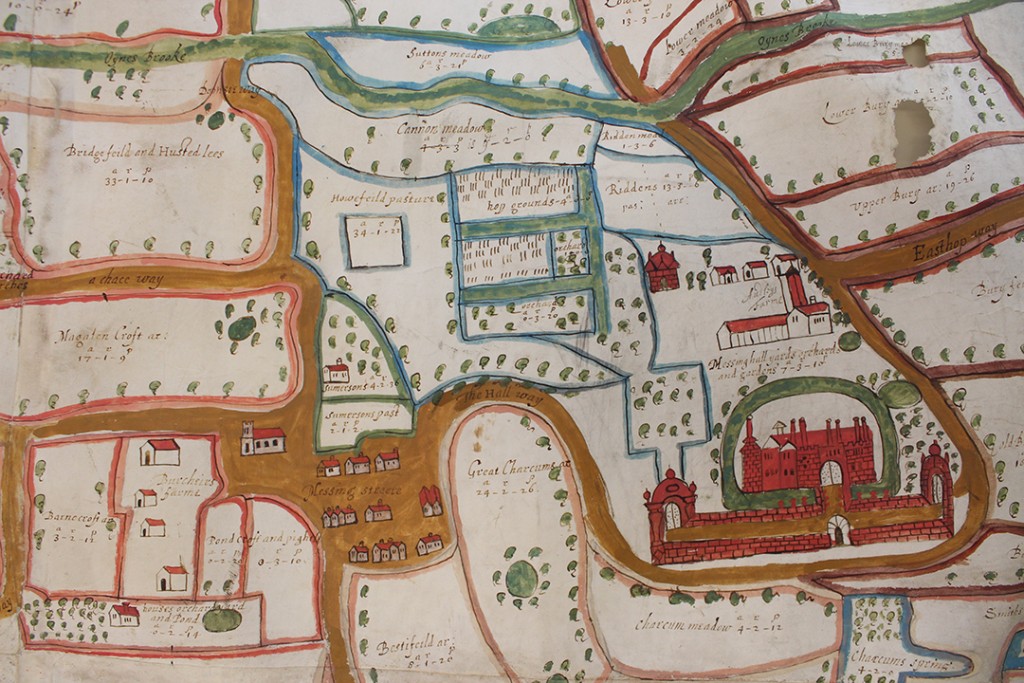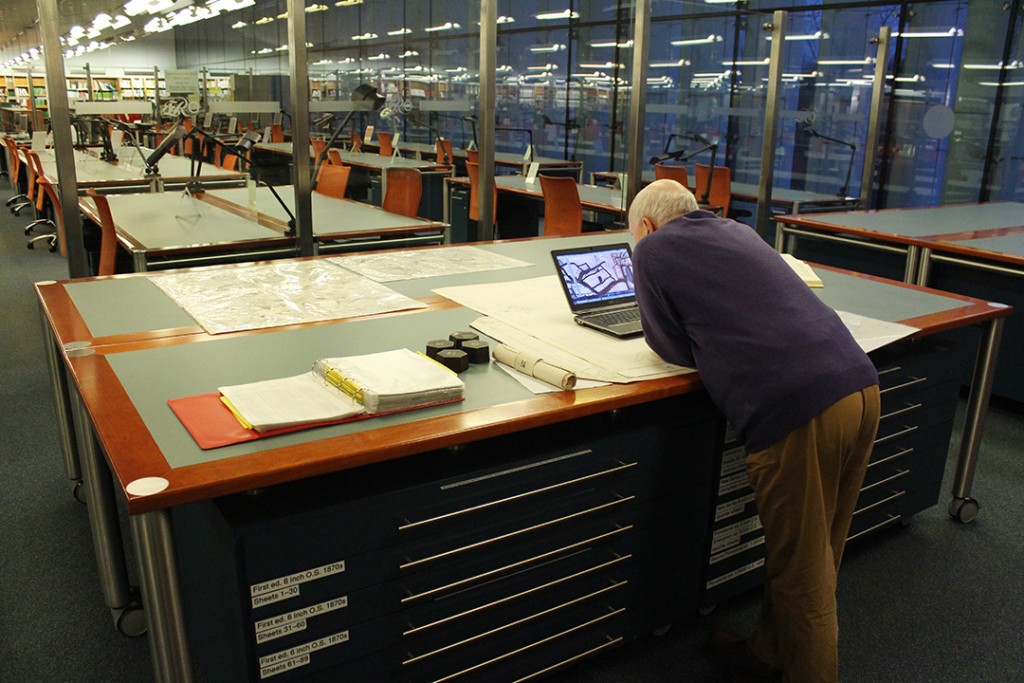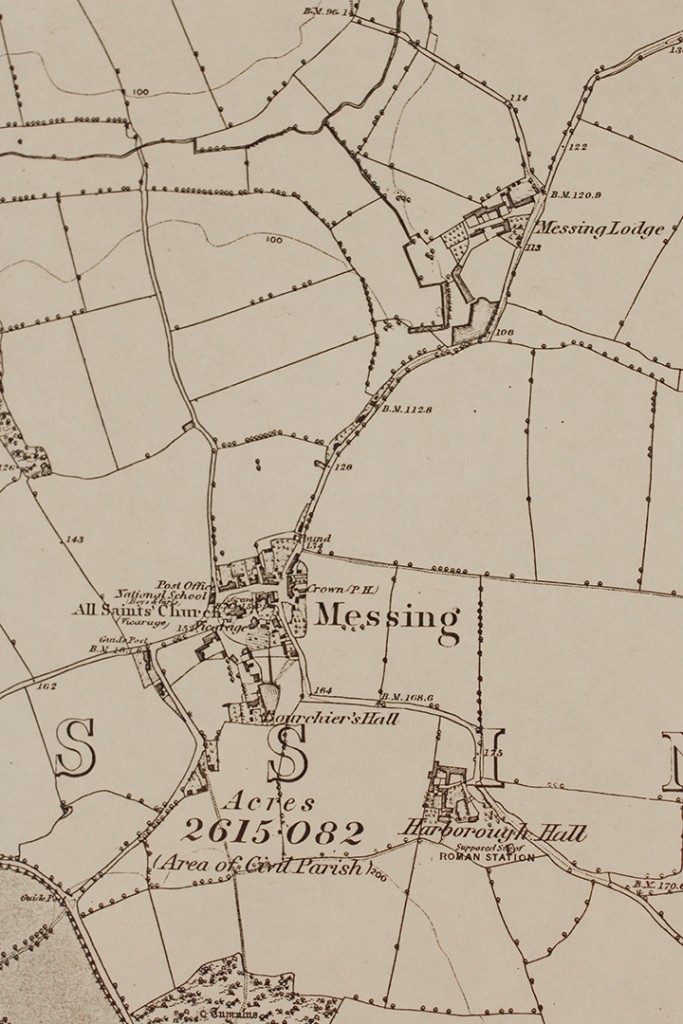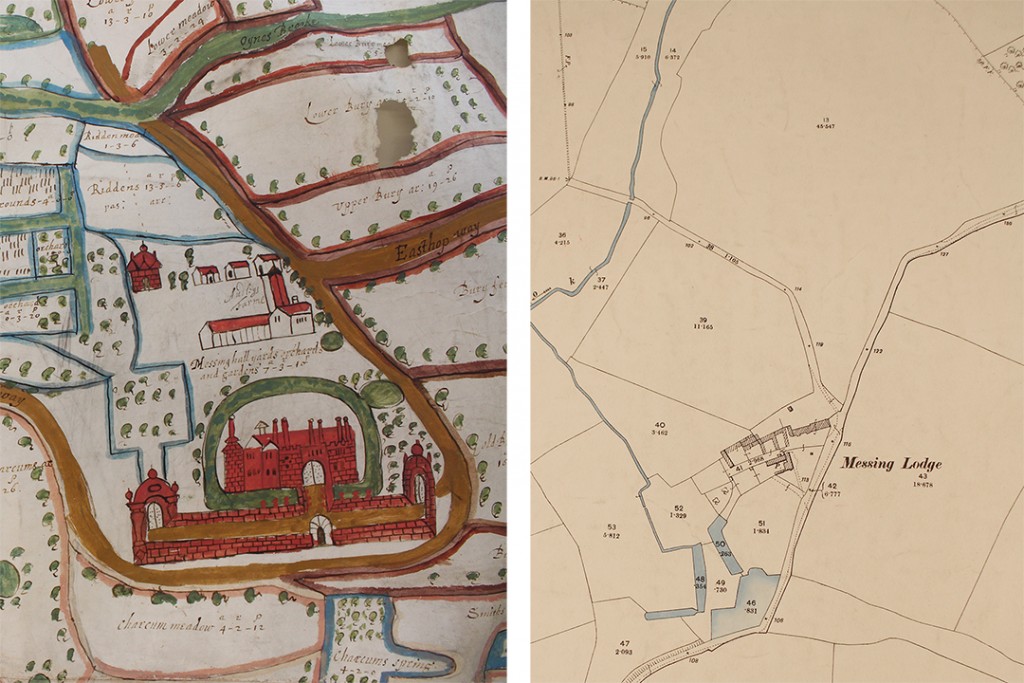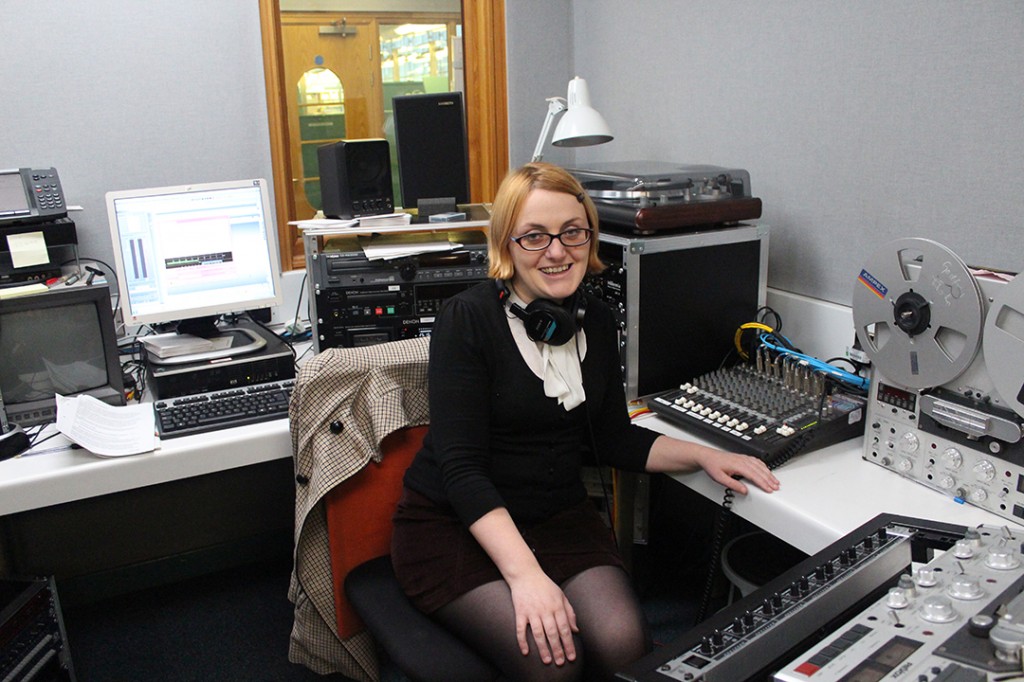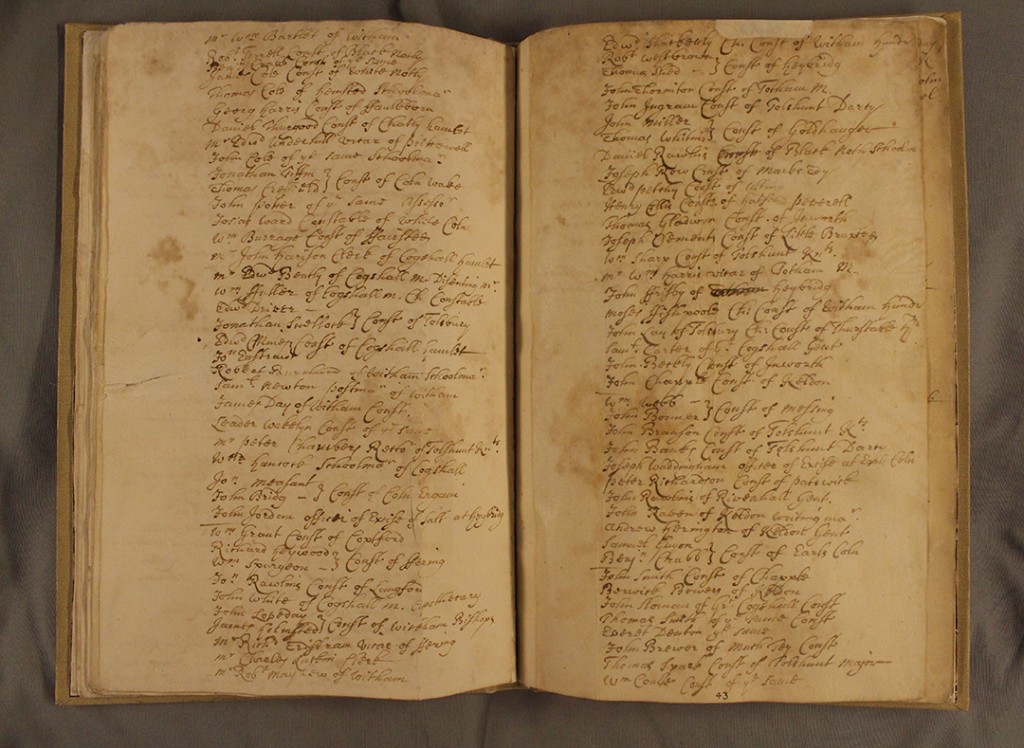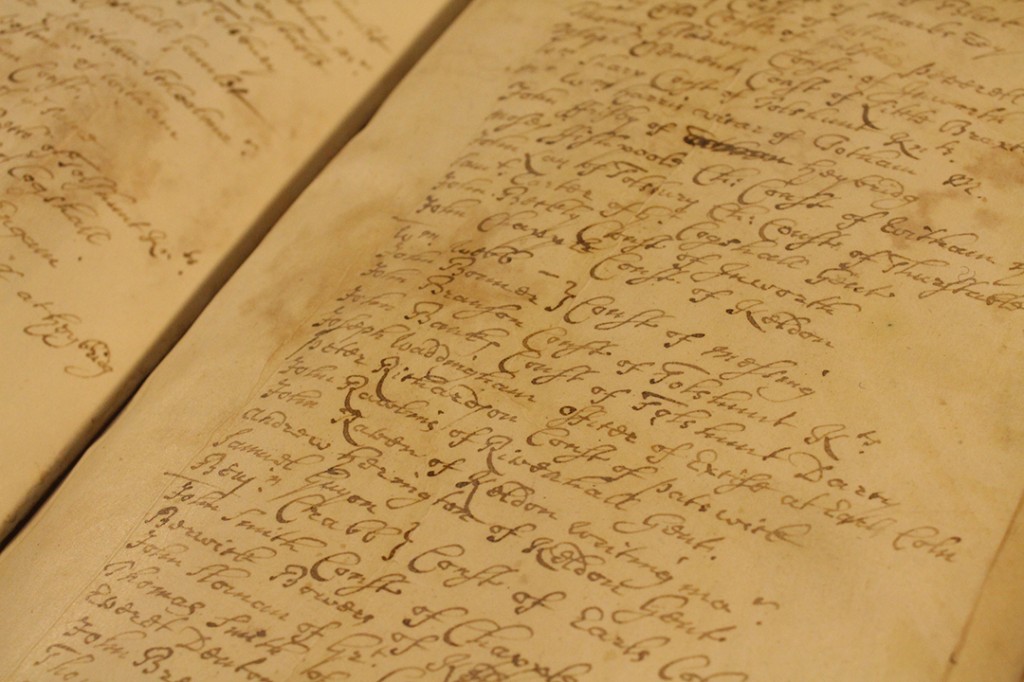The Essex Sound and Video Archive is delighted to announce that we have started to post a selection of our recordings online for anyone to listen for free – recordings such as this clip from a Harold Wood Hospital Radio programme about the old manual telephone exchange in Brentwood (SA 19/1050/1).
[soundcloud url=”https://api.soundcloud.com/tracks/213793408″ params=”auto_play=false&hide_related=false&show_comments=true&show_user=true&show_reposts=false&visual=true” width=”100%” height=”250″ iframe=”true” /]
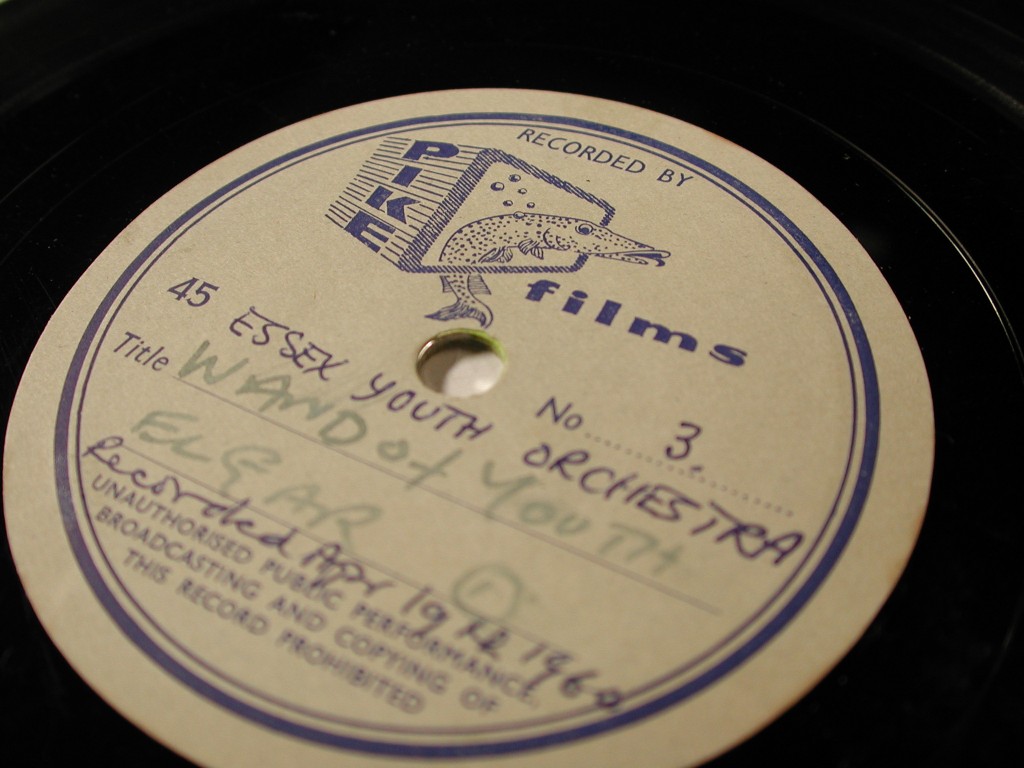
Example of an original recording in our collection that has been digitised for preservation and access
Thanks to funding from the Heritage Lottery Fund for our project, You Are Hear: sound and a sense of place, we aim to digitise and catalogue 1900 of the 30,000 fascinating, diverse sound and video recordings in the Archive.
Once the material is in digital form, we can upload it to the sound sharing website, Soundcloud. Researchers no longer have to travel to the Playback Room at the Essex Record Office to listen to the material – though you would still be welcome if you want the experience of listening to an actual cassette or cd. Instead, you can listen on your computer at home, or download the Soundcloud app and listen on the go with your mobile or tablet.
We will be adding material gradually over the next three years – material such as this oral history interview with Ann Chapman (SA 13/7/2/1). It was recorded in 2010 at Fryerns Library, as part of their fiftieth anniversary celebrations. In Part 2 of the interview, Ann describes her childhood delight at jumping in muddy puddles when her family first moved to Basildon after living in crowded, built-up London. She then describes the many shopkeepers that offered door-to-door deliveries – though she also enjoyed trips to the shops with her mother.
[soundcloud url=”https://api.soundcloud.com/playlists/185390342″ params=”auto_play=false&hide_related=false&show_comments=true&show_user=true&show_reposts=false&visual=true” width=”100%” height=”250″ iframe=”true” /]
From summer 2016, we will be showcasing a selection of our recordings on interactive touchscreen kiosks and listening benches that will tour public locations across the county. Our Essex Sounds website will provide an opportunity to compare the sounds of Essex, past and present: historic sounds of places in Essex from the Archive will be pinned together with new recordings made by our Sound Recordist, Stuart Bowditch. People will also be able to pin their own sound recordings to the map, to help create a representative range across the county.
All these recordings are being made available under a Creative Commons Attribution Non-Commercial licence. If you wish to use any material for commercial purposes, please get in touch. You can also get in touch if you are interested in listening to recordings that have not yet been uploaded to Soundcloud.

To receive updates about the You Are Hear project, sign up to our mailing list.
For more information about the Essex Sound and Video Archive and the digitisation and consultancy services we provide, please visit our website.


